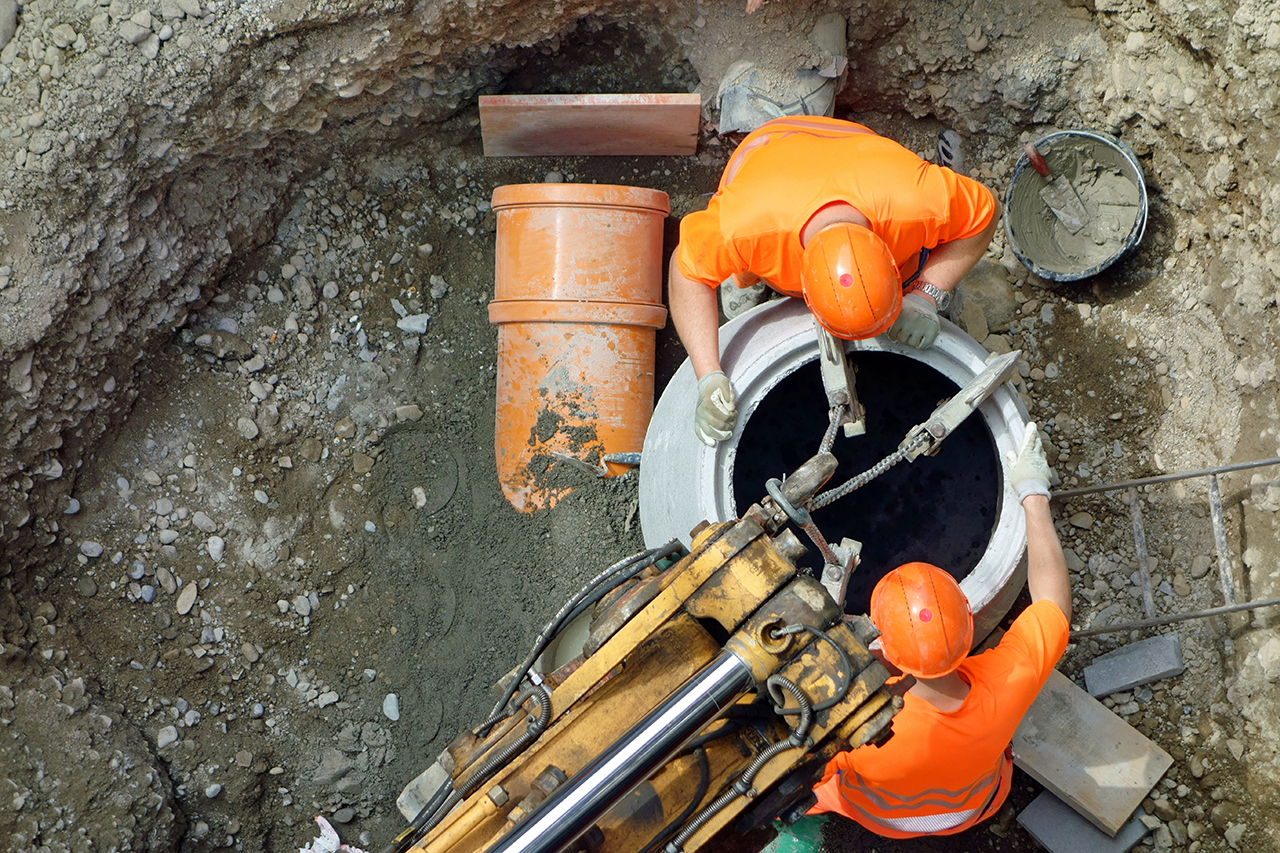Frequently asked questions
answers

What is CIS?
he Construction Industry Scheme was brought in by HMRC in 1971 to reduce tax evasion in the construction industry.
You can register for CIS as a sole trader, partnership or limited company, and both contractors and subcontractors must be registered before starting any work.
As a CIS subcontractor, you are considered self-employed, but when you complete work for a contractor, they make CIS deductions at a rate of 20%. This is then held by HMRC to be used against your tax and national insurance contributions once these have been calculated.
Alternatively, you can apply for gross payment status, which means contractors will pay you in full. However, you will only qualify for gross payment status if you meet certain requirements.
As a self-employed person, you are responsible for your own tax affairs and will need to complete a self-assessment tax return each year. If you have your own limited company, you will also need to complete a company tax return.
What is PAYE?
Pay As You Earn (PAYE) is the system by which most employees in the UK pay income tax and national insurance (NI).
Payments are calculated by the company’s payroll team and deducted from your salary before you get paid. The amount you pay is based on your employee earnings and your tax code.
Your employer will pay your tax and NI contributions to HMRC directly, and you will usually receive a payslip outlining your gross income, any deductions and your net pay.
You will not need to complete a self-assessment tax return if your income comes solely from employment.
Who determines employment status?
It is the main contractor’s responsibility to determine the employment status of their construction workers. A subcontractor cannot simply be self-employed just because they like the idea of it. Equally, you cannot keep a subcontractor self-employed if they are actually an employee.
If HMRC opens an enquiry into the employment status of your subcontractors and deems them to be employees, you will be liable for paying any backdated tax and NI, as well as any fines or penalties.
So if you do need long-term labourers, it’s worth considering the PAYE route.
That said, if there are legitimate business reasons for why you work with your subbies the way you do, there’s no reason you can’t work with them under the CIS scheme for as long as you want.
How is CIS payroll calculated?
From our perspective it depends on the CIS status of the sub-contractor, if he is VAT registered and if we are providing public liability insurance cover, but generally speaking he receives 80% of his gross pay plus the full cost of any materials that he may have supplied.
How is CIS payroll calculated?
From our perspective it depends on the CIS status of the sub-contractor, if he is VAT registered and if we are providing public liability insurance cover, but generally speaking he receives 80% of his gross pay plus the full cost of any materials that he may have supplied.
Is CIS compulsory?
Yes, it’s compulsory for all contractors who work within the parameters that are defined by the scheme to register, but Sub-contractors don’t have to register. If they are not known to the HMRC their deductions are made at a higher rate which is 30% rather than the standard 20%.
• You’re a director and the only paid employee in your company
• You employ someone for personal, household or domestic work (like a nanny or gardener) - unless they’re a care or support worker
• You’re a public body or business doing more than half your work in the public sector (such as local councils and NHS services) - unless you’re a charity
• You’re a service company working under ‘IR35 rules’ and your only income is the earnings of the intermediary (such as your personal service company, limited company, or partnership) You can claim through your payroll software at any time in the tax year, and some claims are allowed for previous years.
Does a sole trader pay CIS?
Payments to a sole trader (assuming we are talking about a self-employed construction worker within the UK) will be subject to CIS deduction if he is paid by a business that is obliged to operate within the CIS. He will not, for instance, be subject to CIS deductions if he works for an end client whose main business is not construction.
Employees must fulfil certain criteria to be automatically enrolled. Businesses should check their staging date on The Pension Regulator website and prepare well in advance for it.
There are other obligations which employers must comply with, such as providing employees with information about the pension scheme which is due to be operated, notification of their assessment and worker category which they will fall within, completing the ‘Declaration of Compliance’ in due course, etc.
How do CIS sub-contractors get paid?
Under normal arrangements and unless a sub-contractor has a self-billing arrangement process, he will supply an invoice to his contractor once the works for which they have been engaged have been completed to the required standard. They will then be paid in accordance with the terms of his contract, and if a specific job takes a number of weeks the payment might be under a “draw-down” arrangement. They might also be paid under a “day rate” arrangement where the sub-contractor is paid in arrears, which is generally weekly, but might also be fortnightly or monthly.
How does the CIS scheme work?
The Construction Industry Scheme or CIS is a mandatory tax regime under which almost all construction companies must operate. Under the Scheme contractors deduct money from the payments they make to sub-contractors, and pass it on directly to HMRC and Customs. These deductions count as advance payments towards the sub-contractors’ tax and National Insurance contributions.
All contractors must register for the scheme; Sub-contractors don’t have to register, but deductions are taken from their payments at a higher rate if they do not. A sub-contractor must pass certain tests if they wish to be paid without deduction. The standard rate of deduction is 20%, and 30% deductions are applied to sub-contractors who are not known to the HMRC. All sub-contractors must be “verified” with HMRC by their contractor before they are paid.

